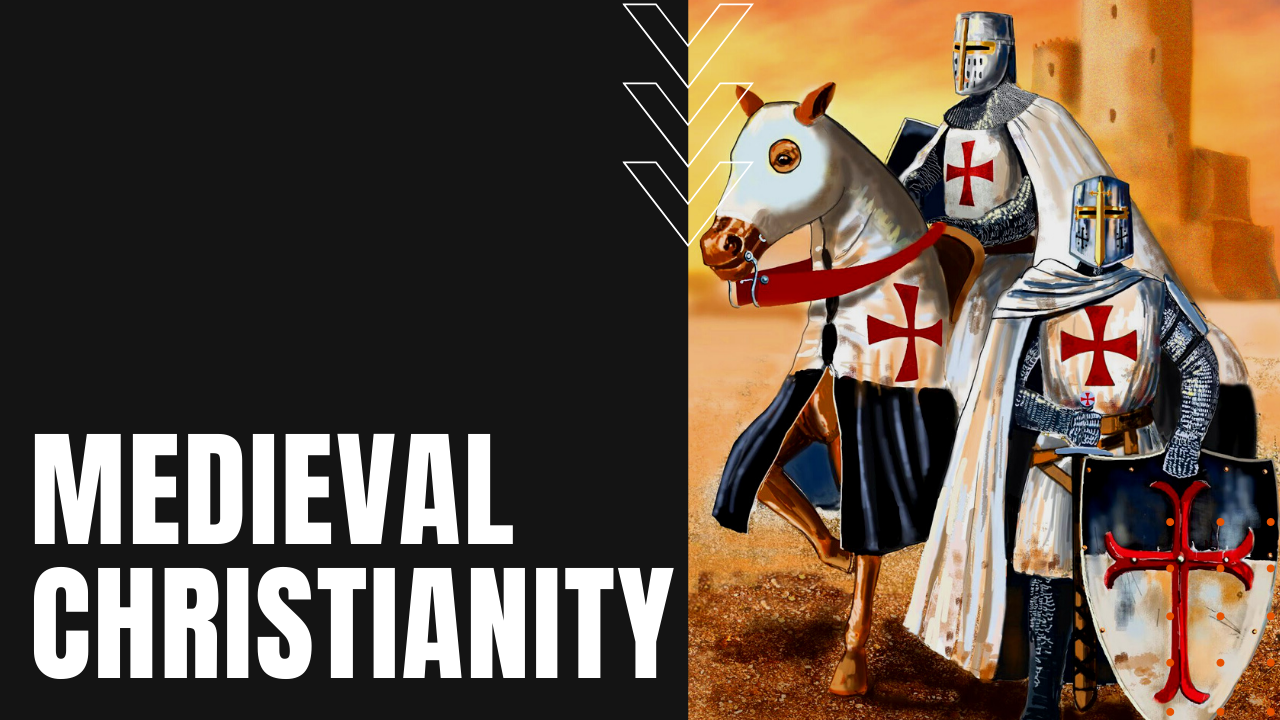Medieval Christianity

Following William the Conqueror’s invasion of England in 1066, with the Pope’s blessing, he set about reforming the Anglo-Saxon Church, which in turn solidified the Catholic Church as the dominant power in Europe during the High Medieval period.
Despite the Church’s growing wealth and oppressive dominance during the Middle Ages, the institution’s unending struggle to rid peasants of their pagan beliefs in such things as ghosts, fairies and water sprites led to a financially-rewarding blend of pagan and orthodox practices within the church, including astrology, the study of dreams, demonology and the use of talismans and charms.
Priests Sell Purgatory Passes
For a price, Catholic priests interpreted dreams or charted a peasant’s fate in the stars, and given the Church’s insistence on sacerdotalism—a mandate that made priests the sole intermediaries between the faithful and God—peasants and nobles alike paid high fees to the Church to buy a dead loved one’s soul out of the fires of purgatory, including additional donations assuring that a priest would pray for a donor’s soul upon the donor’s death. Over time, abuses and priestly extortions led to the complete banishment of the practice in 1567.
The Crusades
After the First Crusade of 1095, military orders developed within the Church, including the Knights Templar and the Knights Hospitaller, and while the Crusades ultimately failed in removing Islamic rule from Jerusalem, the Crusades had a profound impact on England and much of Western Europe, instilling new ideas in Europe’s collective consciousness regarding science, medicine and architecture.
Pilgrimages also became big business in the medieval Christian life, where cures for poor health or personal salvation from one’s earthly sins were promoted by the Catholic Church. In England, one of the most popular pilgrimage destinations was Canterbury Cathedral, where St. Thomas Becket was martyred in 1170, leading to such medieval classics as Chaucer’s Canterbury Tales.
After centuries of systemic corruption and oppressive bullying by the Catholic Church, including its widely-perceived failure to offer any meaningful response to the Black Death of 1347 to 1352, widespread disillusionment and distrust of the Church led to the Protestant Reformation, which began with the publication of Martin Luther’s “95 Theses” in 1517, ending anywhere from the 1555 Peace of Augsburg to the 1648 conclusion of the Thirty Years’ War, making Medieval Christianity a largely monolithic experience for Europeans everywhere.
